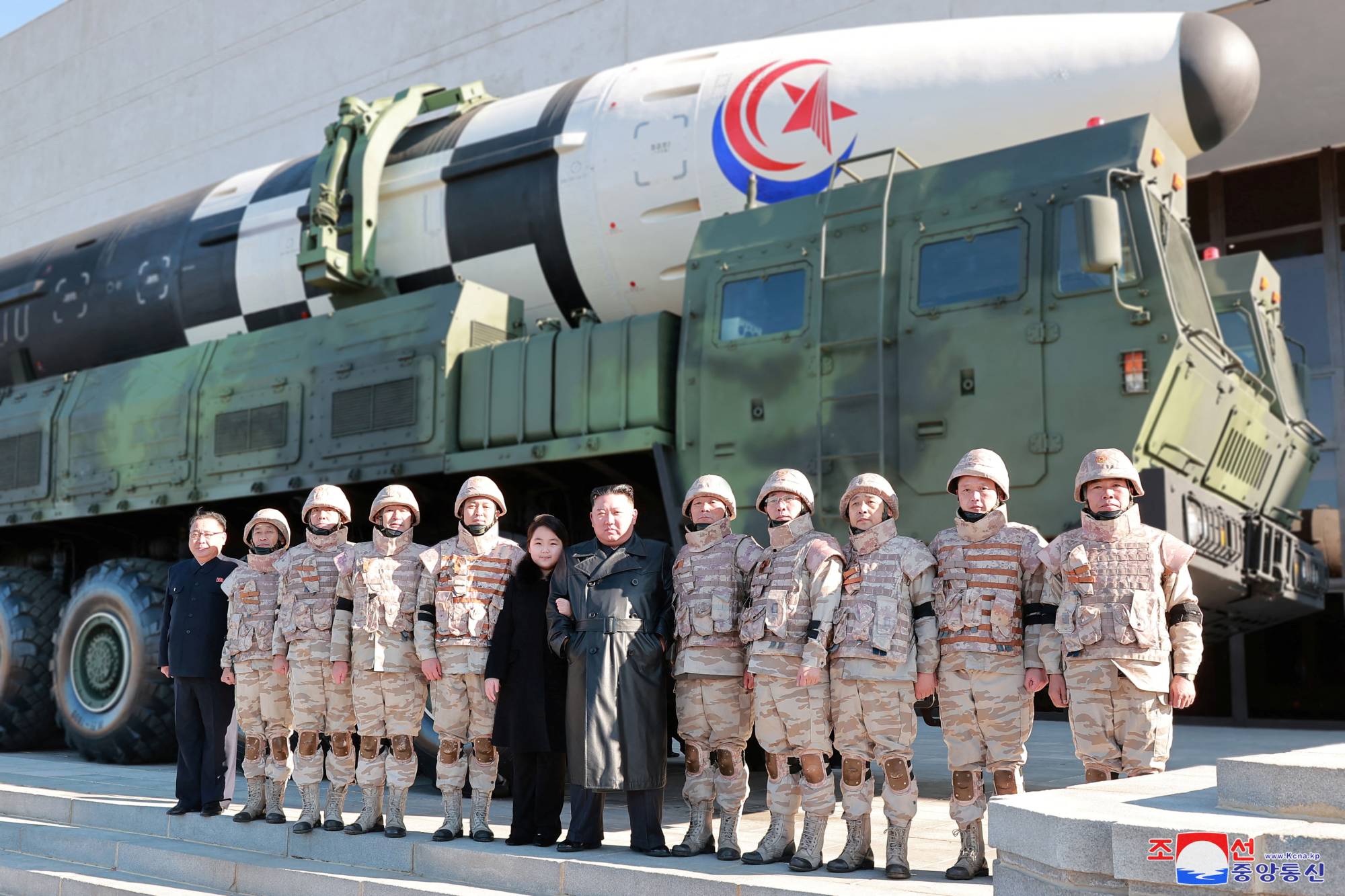This year has already brought a familiar series of events on the Korean Peninsula.
U.S. Secretary of Defense Lloyd Austin visited Seoul and announced an expansion of U.S.-South Korea joint military exercises.
U.S. and South Korean aircraft, including stealth fighters and a B-1 bomber, held bilateral training on Feb. 1. The next day, a North Korean government spokesperson said “the DPRK (Democratic People’s Republic of Korea) is not interested in any contact or dialogue with the U.S. as long as it pursues its hostile policy and confrontational line.”


















With your current subscription plan you can comment on stories. However, before writing your first comment, please create a display name in the Profile section of your subscriber account page.